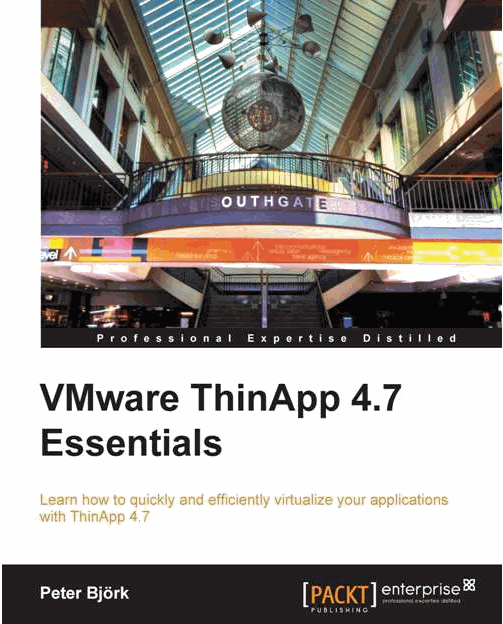

In Microsoft Skype for Business (SfB) and Lync, it allows end-users joining a SfB conference call (i.e. participants) to join the audio portion of the call by having the SfB server call out to whatever number the user specifies. This could be their cell phone, desk phone, or any manually specified phone number – provided the user is enabled for it, and as the Enterprise Voice feature set has been deployed. This screen shot shows one of the first sources of confusion – the “Call me at” drop-down box of numbers appears blank: When the user launches a Skype meeting, they are presented with some options to join the audio portion of the meeting as shown below. I have yet to determine if this is a SfB system configuration but I have seen it in the field several times. FFmpeg is an extremely powerful and flexible multimedia platform with extensive support to manage and process audio and video files. It provides capability to record, transform and convert audio and video content in numerous forms and formats using easy to use commands. FFmpeg uses a flow sequence on input file to demux, decode, encode and finally mux to generate requested outcome. FFmpeg is available across most platforms including Linux, Mac and Windows.Check here to compile and setup FFmpeg under windows and here for mac. Under the HOOD – A typical FFmpeg command execution involves passing the encoded packets to the decoder. The decoder generates uncompressed frames (raw video, PCM audio) which are processed further by filtering. The frames are then passed to the encoder which encodes them to desired form. A widely misunderstood and often interchangeably used term is codec and container.Īnd finally the encoded packets are passed to the muxer to write them in defined container as the output file.

Let us briefly understand and clear the confusion □Ĭodec : A codec is the name that the video or audio is stored in or simply put the protocol for compressing the audio and video data. H.264, HEVC, VC-1, VP8 are video codec while AAC, AC3, MP3, FLAC are audio codecs. Codec define the way audio or video content is to be encoded or decoded.Ĭontainer : A container is the packager of files (read wrapper) in which video and audio is stored.


 0 kommentar(er)
0 kommentar(er)
